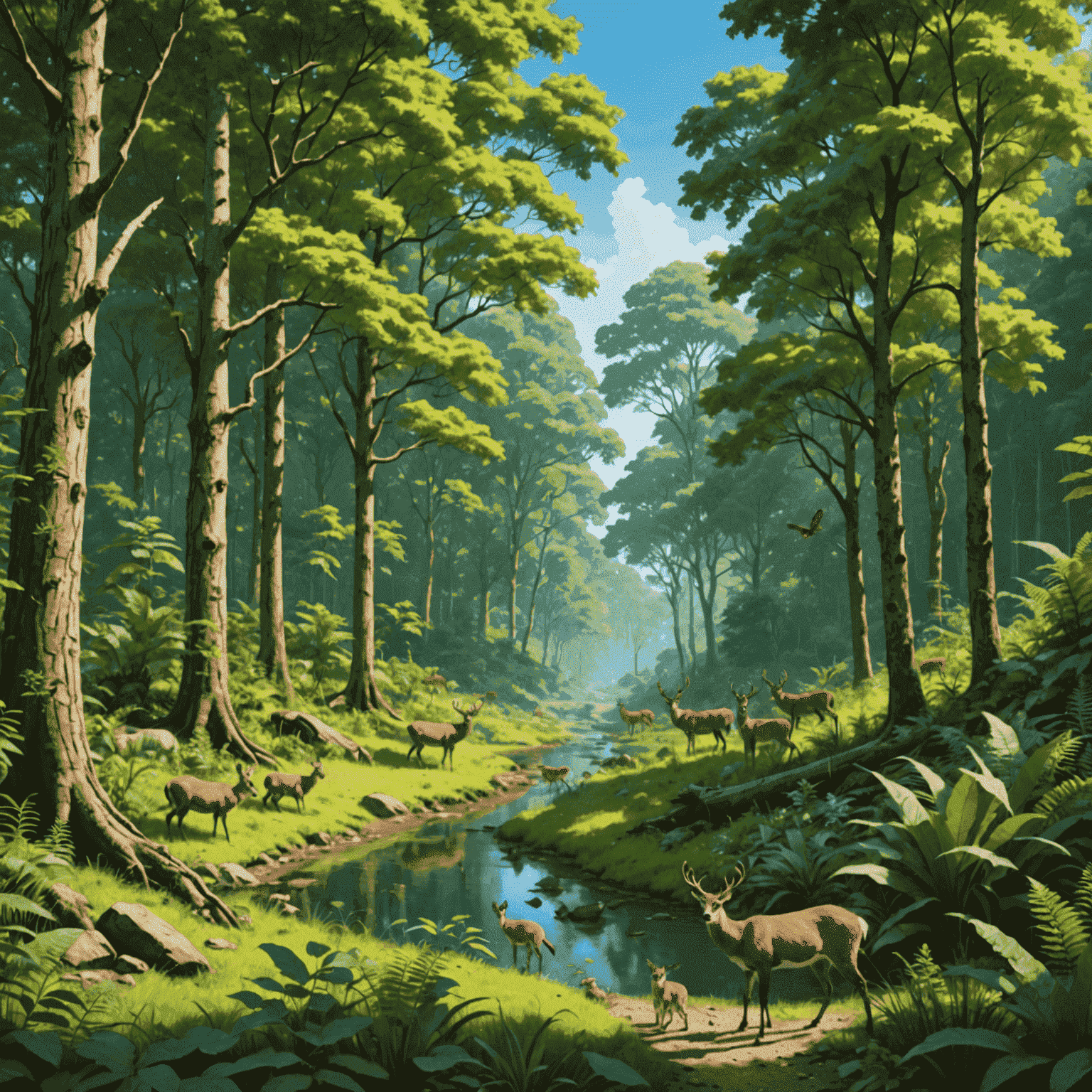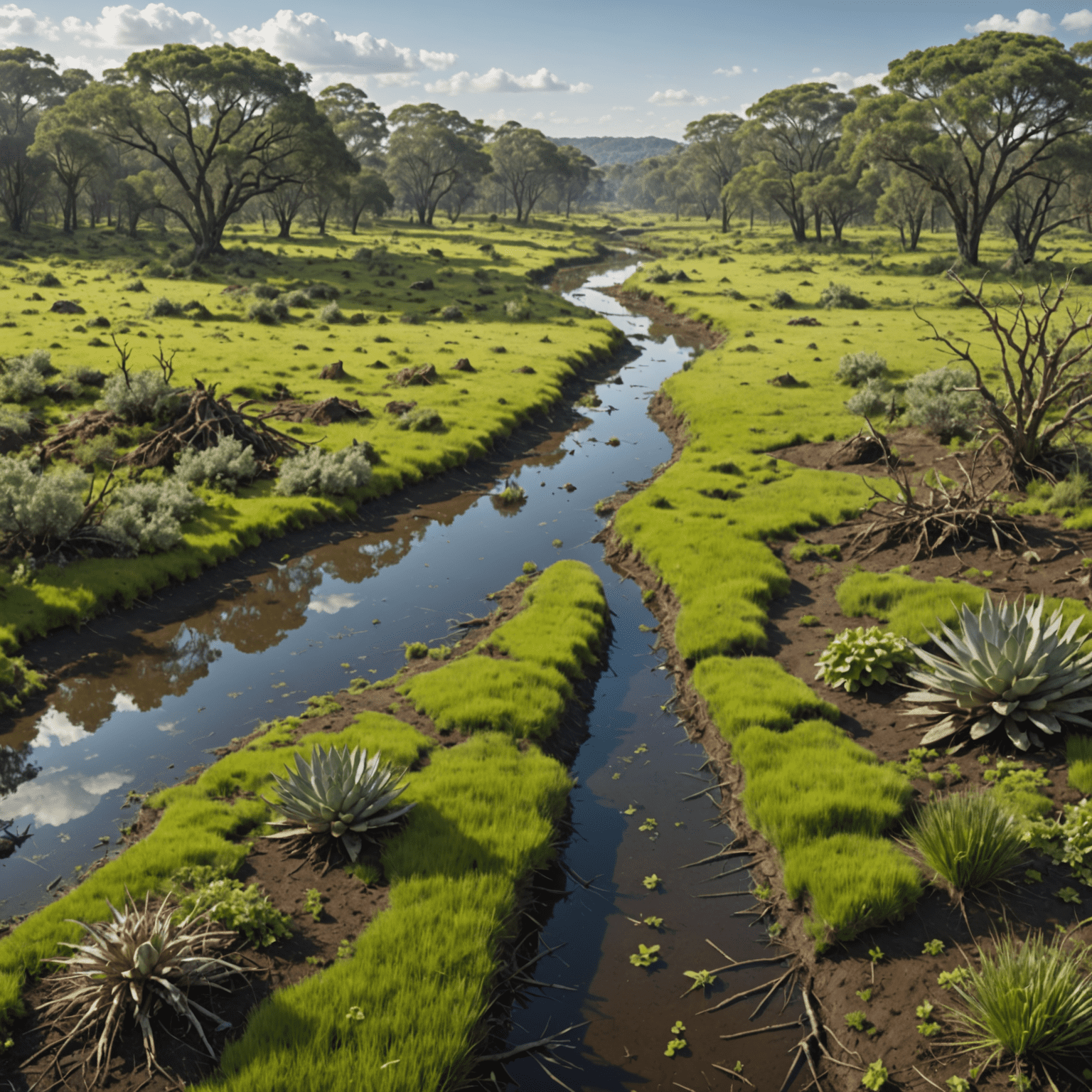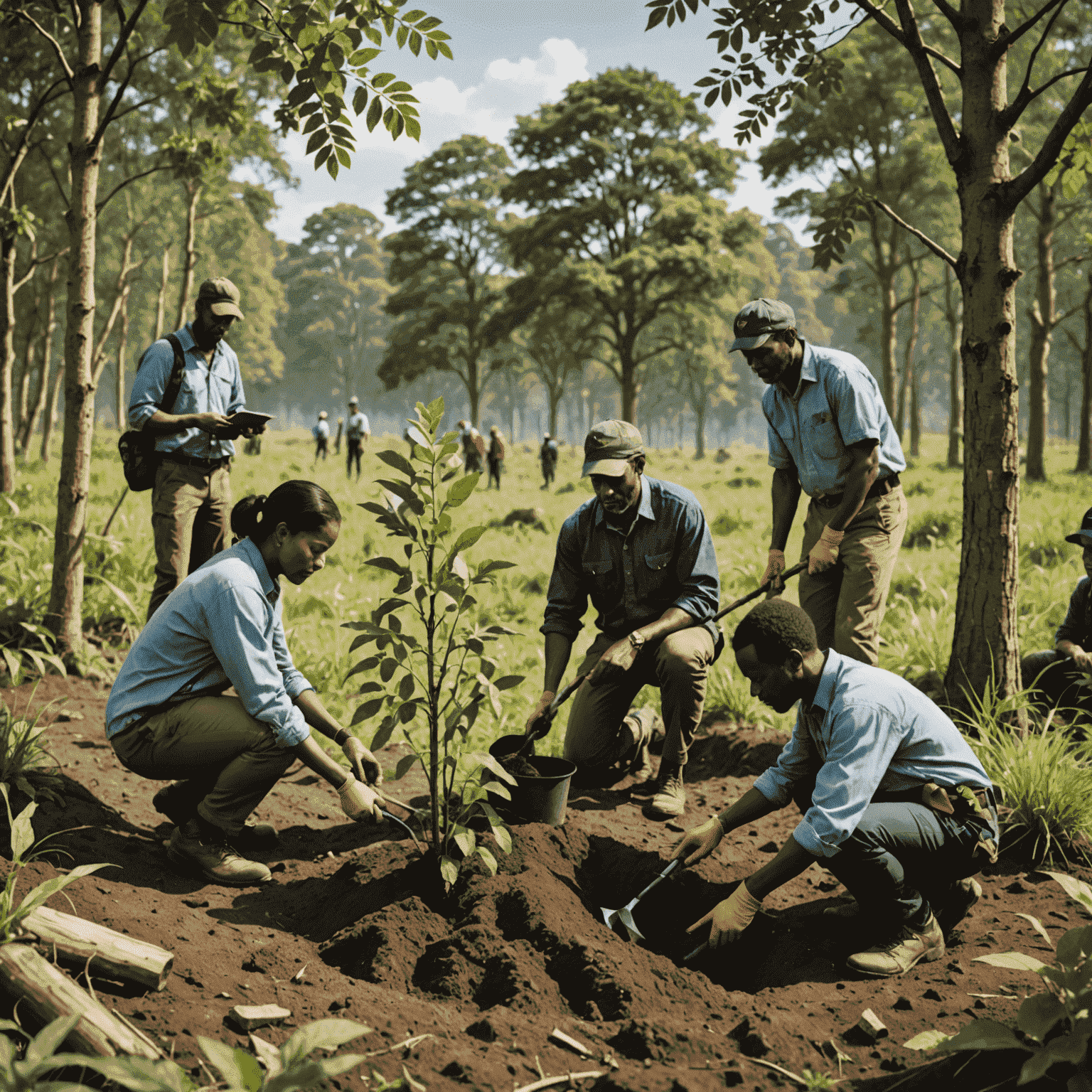Climate-Resilient Ecosystems: A Path Forward

In the face of rapid climate change, building and maintaining ecosystems that can withstand environmental pressures has become crucial for ensuring the long-term survival of wildlife. This article examines innovative strategies for creating climate-resilient ecosystems, a key focus of our wildlife conservation efforts at WildShield.
Understanding Climate Resilience in Ecosystems
Climate-resilient ecosystems are those that can absorb and recover from climate-related disturbances while maintaining their essential functions, structures, and biodiversity. These ecosystems are better equipped to adapt to changing conditions, providing a stable habitat for wildlife in the face of global warming, extreme weather events, and other climate-induced challenges.
Key Strategies for Building Climate-Resilient Ecosystems
- Enhancing Biodiversity: Diverse ecosystems are more resilient. By protecting and restoring a wide range of plant and animal species, we create a buffer against climate impacts.
- Restoring Natural Habitats: Rebuilding degraded habitats helps strengthen ecosystem resilience and provides crucial refuges for wildlife.
- Creating Ecological Corridors: Connecting fragmented habitats allows species to migrate and adapt to changing conditions more easily.
- Implementing Nature-Based Solutions: Using natural processes to address climate challenges, such as restoring wetlands for flood control or planting trees for carbon sequestration.
- Adaptive Management: Continuously monitoring ecosystems and adjusting conservation strategies based on new data and changing conditions.

Case Study: Restoring Coastal Mangroves
One prime example of building climate resilience is the restoration of coastal mangrove forests. Mangroves not only provide critical habitats for numerous species but also act as natural barriers against storm surges and sea-level rise. In Southeast Asia, WildShield has partnered with local communities to replant mangroves, resulting in increased biodiversity and enhanced coastal protection.
Challenges and Future Directions
While progress is being made, significant challenges remain in creating truly climate-resilient ecosystems. These include:
- Balancing human needs with ecosystem preservation
- Securing long-term funding for conservation projects
- Addressing the rapid pace of climate change
- Overcoming political and social barriers to implementation
Moving forward, it's crucial to integrate climate resilience into all aspects of ecosystem management and wildlife conservation. This involves collaboration between scientists, policymakers, local communities, and organizations like WildShield to develop and implement innovative solutions.
Conclusion
Building climate-resilient ecosystems is not just about protecting wildlife; it's about safeguarding the future of our planet. By embracing these strategies and continuing to innovate, we can create a world where both humans and wildlife thrive in the face of climate change. At WildShield, we remain committed to this vision, working tirelessly to protect and restore ecosystems for generations to come.
